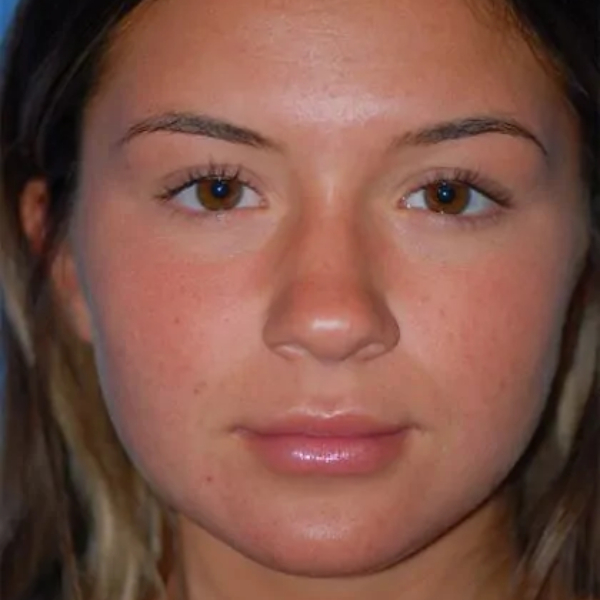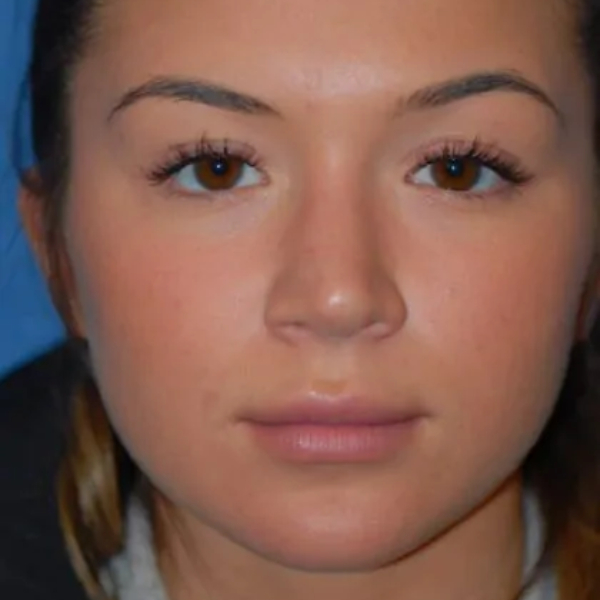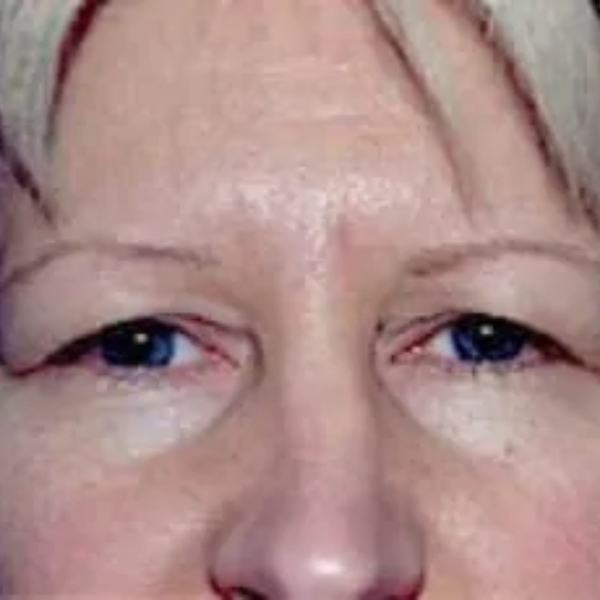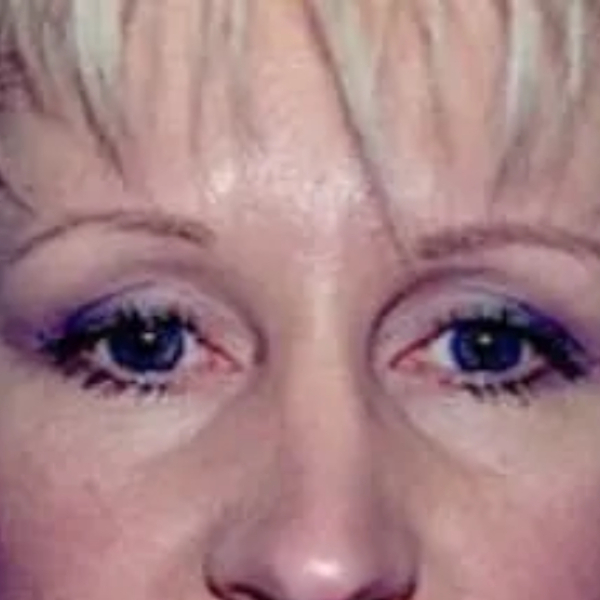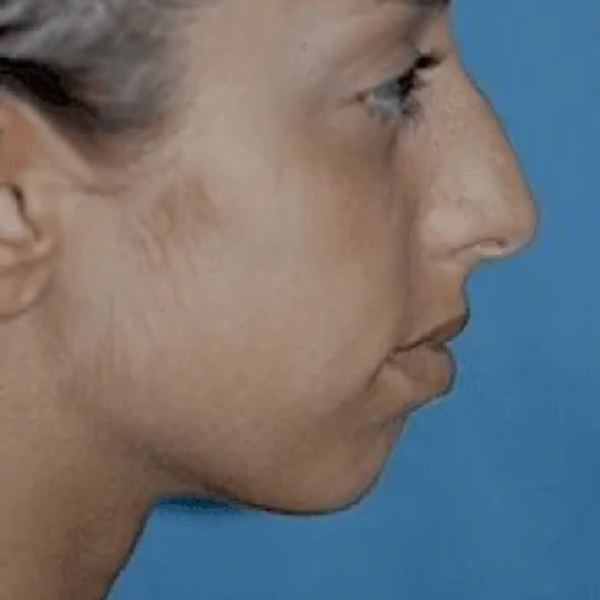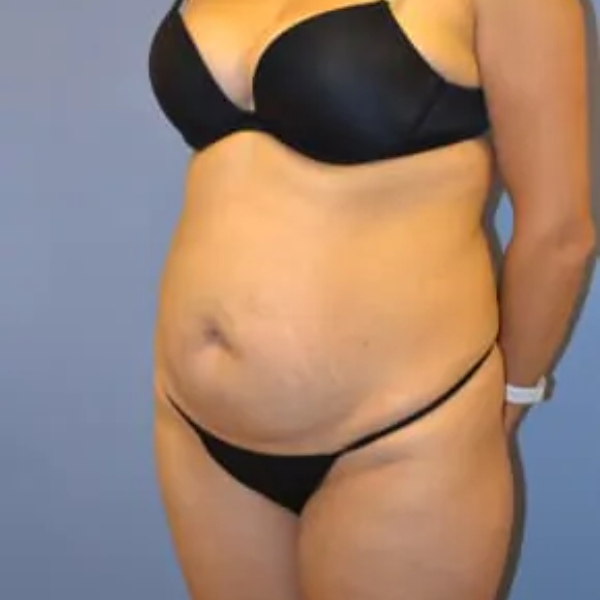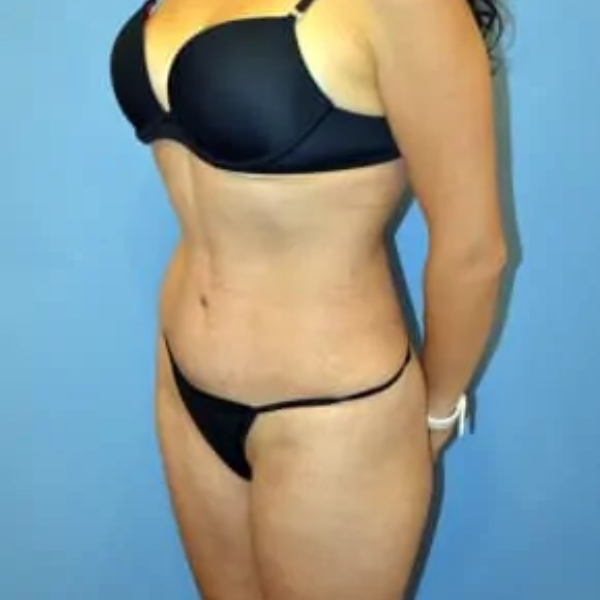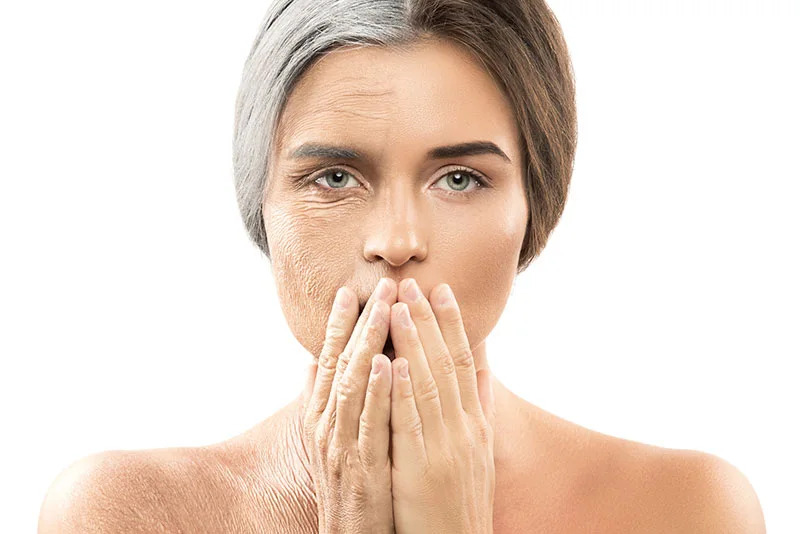Contents
The Physical Effects of Aging
Aging, an inescapable part of life, brings changes that are as natural as the process itself. As humans journey through life, our bodies inevitably undergo various transformations, some more noticeable than others. Among these, the effects on our skin and hair are often the first and most visible signs that signal the passage of time.
According to a National Center for Biotechnology Information study, aging affects every part of the body, including skin and hair. This isn’t something to be afraid of or dread. Instead, think of these changes as signs of a life lived.
Understanding the causes and effects of these changes can help you manage and slow their progression. Rather than fearing aging, embrace it as part of your life story and learn to age gracefully.
Aging Changes in Skin
With aging, skin becomes drier, less elastic, and more prone to wrinkles and age spots due to decreased natural oils and sun exposure. Additionally, hair may turn gray or white, become thinner and more fragile, and grow slower. These visible signs of aging often appear before other physical changes. But let’s take a more detailed look.
Aging Changes in Skin
The skin, your body’s largest organ, undergoes a lot. From sun-soaked vacations to belly laughs shared with friends, your skin has to endure various environmental factors while keeping you safe and healthy.
With age, the following skin changes are normal:
- The outer skin layer, also known as the epidermis, thins out.
- There is a decrease in the number of pigment-containing cells, which can lead to pigmented spots, such as age spots or “liver spots.”
- Changes in connective tissue reduce the skin’s strength and elasticity, a condition known as elastosis.
- Blood vessels in the dermis become more fragile, which can cause bruising, bleeding under the skin, and cherry angiomas.
- Sebaceous glands produce less oil, leading to dryness and itchiness.
- Decreased sweat production can make it harder to keep cool, increasing the risk of overheating.
While these changes sound scary, they’re not, and some can be managed with proper skin care and sun protection.
Aging Changes in Hair
Looking around, you see that everyone has vastly different hairstyles, textures, and colors. Some of these are genetically inherited, while others undergo changes in age.
The following are some common effects of aging on hair:
- Melanocytes stop producing pigment, leading to colorless hair. The age at which this happens varies, but 50% of people have some gray hair by age 50.
- Hair strands become smaller, less dense, and more fragile with age due to hormonal changes and decreased active follicles.
- Some people’s hair texture may change with age and phases of life such as menopause. For instance, curly hair may begin to lose its bounce, droop, or even form a new pattern.
- Hair growth slows with age due to decreased hair cell production. Aging hair has a shorter life cycle, leading to thinning and loss caused by factors such as hormonal changes, hereditary traits, and nutritional deficiencies. In women near menopause, hormonal imbalances can halt new hair production, resulting in thinner hair that doesn’t regenerate.
- Hair can also change color, becoming dull with age due to oxidative stress and environmental factors.
Other Physical Changes
While skin and hair present the most visible aging signs, they’re not the only parts of your body that change with time. Here are some other general changes brought on by aging:
- As you age, bones lose minerals and become less dense, making them more susceptible to fractures.
Muscle mass decreases, reducing strength and mobility. - With age, individuals often encounter presbyopia, which affects lens flexibility and makes focusing on nearby objects difficult. Additionally, other age-related eye conditions can cause vision loss.
- Hearing declines with age, most commonly due to changes in the inner ear.
- The immune system becomes less efficient, meaning you’re more susceptible to infections and diseases.
Some cognitive decline is a normal part of aging, but dementia and Alzheimer’s disease are not.
While these changes may occur, there are plenty of physical and cognitive activities you can do to help slow down these changes and maximize your quality of life as you age.
Psychological Effects of Aging
People not only go through physical changes but there are also significant psychological effects of aging. Various factors, like changes in your physical health, memory, and thinking abilities, influence these effects. Moreover, these psychological effects can significantly impact your mental well-being, self-perception, and overall quality of life.
Some common psychological effects of aging include:
- Aging can change physical appearance, causing individuals to feel less attractive or confident.
- It’s normal for some cognitive abilities to decrease. However, this can be frustrating and distressing.
- Changes in physical health, loss of loved ones, and other significant life changes can lead to depression and anxiety in older adults.
- Physical limitations or health issues can lead older adults to lose independence, making them feel helpless or out of control.
- Social circles may shrink due to retirement or loss of friends and family, which can cause feelings of loneliness and isolation.
As these things happen, seek support, practice self-care, stay active, and maintain social connections to help keep your mental health strong.
How to Manage the Effects of Aging
From ensuring you have regular checkups with your doctor to implementing healthy lifestyle habits, making changes and taking preventive steps can result in an all-around happier and healthier (older) you.
Preventative Healthcare
Regular checkups are super important for catching and treating health issues early on. Plus, they give you valuable insight into your overall health.
Here are a few fundamental guidelines for proactive healthcare:
- Scheduling annual physical exams;
- Staying up-to-date with vaccinations;
- Keeping up with eye and dental exams;
- Regularly monitoring blood pressure and cholesterol levels;
- Regular screenings for conditions like cancer, heart disease, and diabetes, as your doctor recommends.
It’s easy to forget these appointments, so try to make calendar reminders to schedule them in your phone or computer to help.
Caring for Skin and Hair
Keeping your hair and skin healthy should become a daily habit. While you can’t expect yourself to get these helpful habits down overnight, starting small can make a world of difference.
Here are some simple tips to start:
- As mentioned earlier, sunlight can contribute to aging skin and hair. Wear sunscreen with SPF 30 or higher whenever you’re outside.
- Drinking enough water is essential for keeping your skin hydrated and nourished.
- Use a good moisturizer daily to keep your skin hydrated and supple.
- Eating a balanced diet rich in fruits, vegetables, healthy fats, and lean proteins can help keep your hair and skin healthy. Consider incorporating foods high in antioxidants for added benefits.
- Be gentle when styling and washing your hair. Avoid using harsh chemicals or heat tools.
Beyond this, consider talking to your doctor or dermatologist about specific concerns.
Non-surgical Cosmetic Procedures
For those looking to address signs of aging, non-invasive cosmetic procedures are available. You can do these without surgery or lengthy recovery and help restore a youthful appearance.
Examples include:
- Botox: Injecting a neurotoxic protein temporarily paralyzes muscles, reducing wrinkles and preventing new ones from forming.
- Dermal fillers: Injecting these gel-like substances can add volume to the face, reducing the appearance of lines and wrinkles.
- Chemical peels: This procedure involves applying a chemical solution to the face, causing the top layer of skin to peel off and reveal smoother, younger-looking skin underneath.
- IPL photofacial: This non-invasive procedure uses intense pulsed light to target and reduce signs of aging, such as sunspots and fine lines.
- Laser skin resurfacing: Using laser technology to remove damaged layers of skin can improve the texture and tone of your skin.
Depending on your needs, your doctor may also recommend other non-invasive options.
Plastic Surgery
Plastic surgery can be a more permanent solution to reduce the effects of aging. Some examples include:
- Hair transplant: To restore hairline or fill in thinning areas.
- Laser resurfacing: To improve skin texture and reduce wrinkles.
- Facelift: To tighten sagging skin and redefine facial contours.
- Neck lift: To tighten and smooth the skin on the neck for a more youthful appearance.
- Eyelid surgery: To remove excess skin and fat from the eyelids.
- Tummy tuck: To remove excess fat and skin from the abdomen.
Depending on your needs and goals, you can get a combination of these procedures or opt for one.
Maintaining a Healthy Lifestyle
A healthy lifestyle goes a long way — especially in managing the effects of aging.
Here are a few tips for healthy aging:
- Regular physical activity helps maintain mobility, flexibility, and cardiovascular health.
- A balanced diet supports weight management and prevents chronic diseases.
- Getting enough sleep is crucial for overall healthy functioning.
- Mindfulness practices like yoga and meditation help manage stress.
Prioritize keeping your mind sharp, seeking help when needed, and taking proactive steps to stay healthy.
